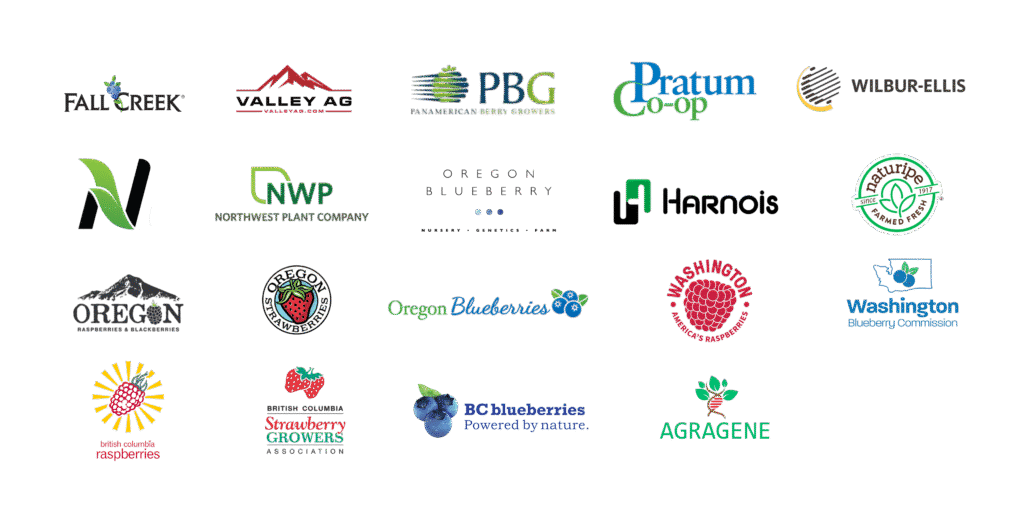bird control
Perches
Perches allow raptors to reduce energy expended on hunting. Learn more about perch advantages, disadvantages, recommendations, and placements

Perch recommendations
Add man-made structures. Studies have not shown raptors to prefer natural structures over man-made structures using natural materials, and we did not find any studies which compared perches made from synthetic materials such as plastics to natural materials; however man-made structures such as telephone poles, wooden planks and nesting boxes, have been shown to attract raptors.
Minimize or schedule human activity in the field. Perches located in a field with little cover and little human activity may find increased raptor use. Raptors may also adapt to scheduled human activity by using the field when humans are not present.
Take notice of the natural structures already present in or surrounding a field. Raptors may already be using such prime real estate. Natural structures include: old trees, stumps and snags.
Perch size
When building or placing perches, keep in mind that raptors are drawn to the tallest point that will support their weight. For example, eagles choose wider, sturdier branches, while smaller raptors, such as kestrels prefer smaller perches.
If you order or build a perch, try to make with the width of perch proportionate to the size of the raptor you are trying to attract.
Some raptor species can see up to several miles on a perch, and the higher the perch, the farther they can see. However, finding a comfortable perch is more important to a raptor than finding the tallest perch in the area.
Perch placement
Strategically place perches on field perimeters and away from daily farming activities such as those involving harvesting machines, pumps and irrigation pipe. Even outside the field, perches offer raptors quicker field access than from a hover position in the air.
For agriculture, one perch every 200 ft. around a field or per acre should provide birds with enough perches for optimum hunting.
Place perches in a field that offers great visibility, making sure that it is the tallest roosting point that can support the weight of the type of raptor you are trying to attract.
Place perches in areas near bodies of water, if possible.
Combine a perch with a nesting box to provide raptors with shelter for nesting.
Perch advantages
Raptors my use power-lines as perches most often in the morning. Morning activity indicates that raptors use perches not only to rest and eat, but also to hunt, as this is when prey species are more active. (Oles, 2007)
One study also found perches to be more successful at drawing in raptors than nesting boxes. (Askham, 1990)
Perches may offer the added benefit of possible rodent and insect management because many nocturnal as well as day-time raptors use perches.
Migratory as well as resident raptors may use perches, suggesting that they can be a year-round biological pest management strategy.
Nesting boxes can be built or placed on the pole or base structure of a perch.
Perch disadvantages
While compiling information for this guide, we did not find any conclusive evidence indicating that perches and nesting boxes increase raptor hunting behavior─ the essential skill for effective pest bird management.
Perches may be less effective when other factors, such as human activity, poor or uninhabitable environment, and season outweigh their presence.
Not all raptors hunt from perches.
